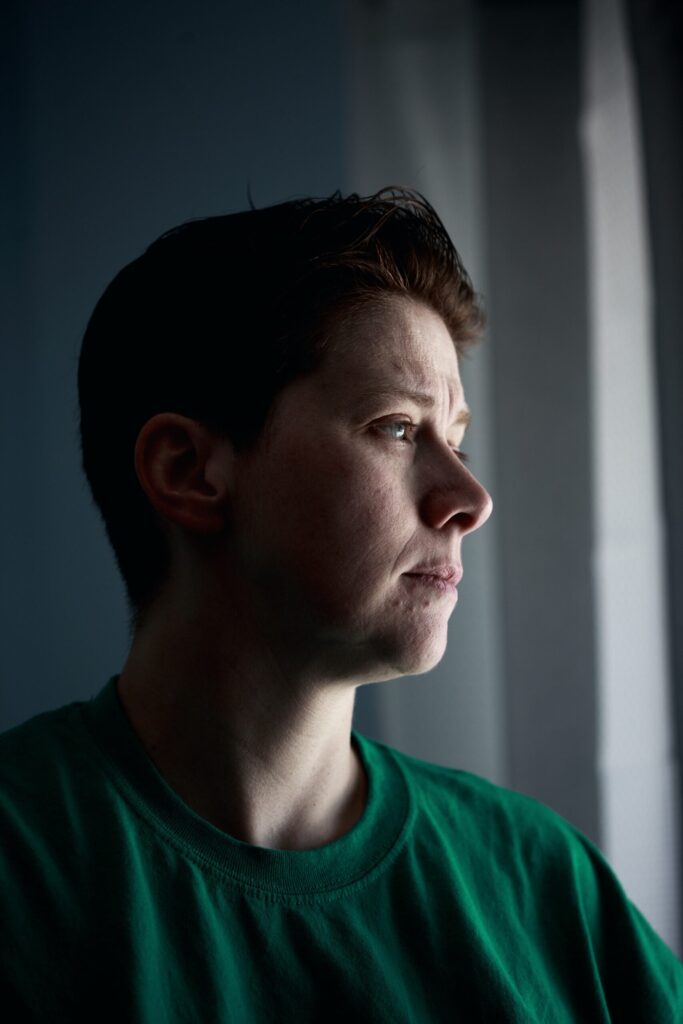
Finding Relief with N-Acetylcysteine: A Ray of Hope for Trichotillomania
Trichotillomania, often referred to as “hair-pulling disorder,” is a mental health condition characterized by an irresistible urge to pull out one’s hair. It can be an emotionally distressing and challenging condition to live with. While treatment options exist, one emerging avenue showing promise is the use of N-Acetylcysteine (NAC). In this article, we’ll explore the intriguing relationship between NAC and trichotillomania and how it offers hope for those seeking relief.
Understanding Trichotillomania
Trichotillomania is an impulse control disorder that often begins in childhood or adolescence. It’s marked by the recurrent, compulsive act of pulling out hair from the scalp, eyebrows, eyelashes, or other body areas. The act provides temporary relief but is typically followed by guilt, shame, and distress.
Individuals with trichotillomania often struggle to control their impulses, which can lead to noticeable hair loss, bald patches, and emotional turmoil. Finding effective treatments for this disorder has been a challenge, but N-Acetylcysteine has shown promise.
The Potential of N-Acetylcysteine (NAC)
N-Acetylcysteine is a naturally occurring amino acid and antioxidant that has long been used in medical settings. It’s renowned for its ability to replenish a substance called glutathione, which helps detoxify the body and reduce oxidative stress. However, it’s the impact of NAC on neurotransmitters like glutamate that has garnered attention in the context of trichotillomania.
The Neurochemistry of Trichotillomania
Research suggests that trichotillomania may be associated with imbalances in certain neurotransmitters, particularly glutamate. Glutamate is a key player in the brain’s reward and impulse control systems. When levels are dysregulated, it can contribute to the irresistible urge to engage in compulsive behaviors like hair pulling.
NAC appears to modulate glutamate activity, helping to restore balance in the brain. This modulation can reduce the intensity of urges and make it easier for individuals with trichotillomania to resist the urge to pull their hair.
Evidence of Efficacy
Several studies have explored the effectiveness of N-Acetylcysteine in the treatment of trichotillomania, and the results have been encouraging. While individual responses can vary, many individuals have reported a reduction in the frequency and severity of hair-pulling episodes when using NAC.
In one randomized controlled trial, participants with trichotillomania who took NAC experienced significant improvements in symptom severity compared to those who took a placebo. These findings suggest that NAC may be a valuable addition to the treatment toolkit for trichotillomania.
Dosage and Treatment
If you or someone you know is considering NAC as a treatment for trichotillomania, it’s essential to consult with a healthcare provider. They can provide guidance on the appropriate dosage and monitor your progress.
Typically, NAC is taken orally as a supplement, and the dosage can vary depending on the individual and their specific needs. Your healthcare provider will help determine the right approach for you.
Comprehensive Treatment Approach
While N-Acetylcysteine shows promise in the treatment of trichotillomania, it’s important to recognize that it may not be a standalone solution for everyone. A comprehensive approach to managing trichotillomania often includes a combination of therapies, which may include:
- Cognitive-Behavioral Therapy (CBT): CBT is a well-established therapeutic approach that can help individuals with trichotillomania identify triggers, develop coping strategies, and work toward behavior change.
- Support Groups: Joining a support group for individuals with trichotillomania can provide a sense of community and understanding. Sharing experiences and strategies with others who face similar challenges can be invaluable.
- Medication: In some cases, medication may be prescribed to address specific symptoms or co-occurring conditions. Your healthcare provider can assess whether medication is appropriate for your situation.
- Lifestyle Modifications: Healthy habits, stress management techniques, and mindfulness practices can complement formal treatment and help reduce triggers for hair-pulling episodes.
Conclusion: A Ray of Hope
Trichotillomania can be a distressing and isolating condition, but there is hope. N-Acetylcysteine represents an exciting avenue in the treatment of this disorder. As ongoing research explores the potential benefits of NAC and other interventions, individuals with trichotillomania have reason to be optimistic about their journey toward healing and recovery.
If you or someone you know is living with trichotillomania, consider discussing the possibility of N-Acetylcysteine with a healthcare provider. Remember that effective treatment often involves a combination of approaches, and with the right support, relief is attainable. The journey toward overcoming trichotillomania may have its challenges, but it’s a journey worth embarking upon for a brighter, hair-pulling-free future.